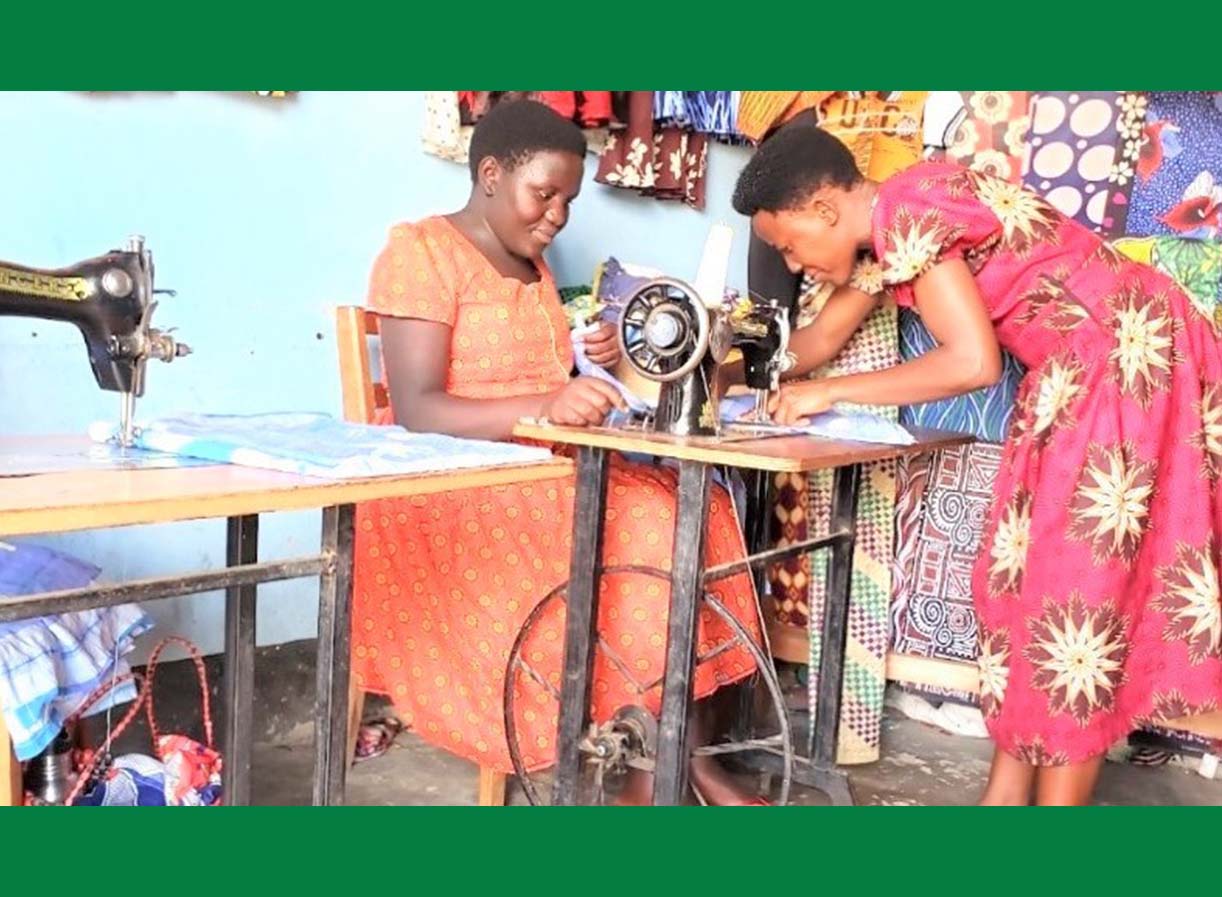Economic empowerment: Building youth entrepreneurship skill through apprenticeship training
STATUS
Activity Under Implementation
PROJECT/ACTIVITY DATASHEET
Project Name:
USAIDs Keeping Children Healthy and Safe Activity (KCHS)
Geographic Location(s)
Districts of Mitooma, Sheema, Kitagwenda, Kazo, Ibanda and Kiruhura in SW Uganda
Implementation Status
Started in September 2020, Implementation is ongoing
Development Partner
United States Agency for International Development (USAID)
Implementing Partner(s):
None
Project Brief
The USAID’s Keeping Children Healthy and Safe Activity (KCHS) is a Journey to Self-Reliance (J2SR) mechanism funded by USAID/PEPFAR. It supports the most vulnerable children, youth and their caregivers in Southwestern Uganda to become healthier, better educated, more resilient and safer. During the first two years of implementation, the project worked in 17 Districts where HIV-sensitive case management services were offered to target children and adults. The project targeted children with multiple elevated risk factors and children in crisis including; children and adolescents living with HIV (CLHIV/ALHIV), HIV-exposed infants (HEI); biological children of female sex workers (FSW) with special focus on HIV+FSW, and survivors of sexual violence (SVA) with the goal of preventing new HIV infections and reducing vulnerability among orphans and vulnerable children (OVC). The project is implemented by TPO Uganda in partnership with Agency for Cooperation in Research and Development (ACORD) Uganda, Regional Psychosocial Support Initiative (REPSSI), Masaka Diocesan Medical Services (MDMS) and AVSI Foundation Uganda. |
Under this project we have continued to undertake; HIV identification, retention & viral load suppression through home visits, assisted referrals and index testing. We are also conducting training on case management and treatment literacy as well as facilitation of support groups in agro and cottage industries among other interventions.
Key Approaches
Some of the approaches we use include; |
- Economic strengthening to empower vulnerable children and adolescents and their families to access core services.
- Systems strengthening for local government and community platforms to increase and improve care services for OVC, youth and their caregivers.
- Case management to improve coordination of community-based clinical and socio-economic services to strengthen the efficiency and effectiveness of the continuum of care.


